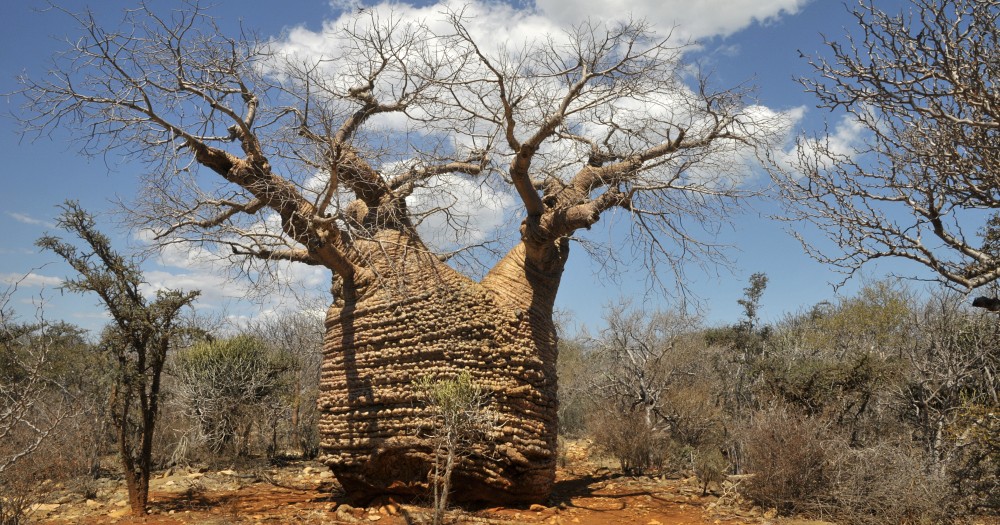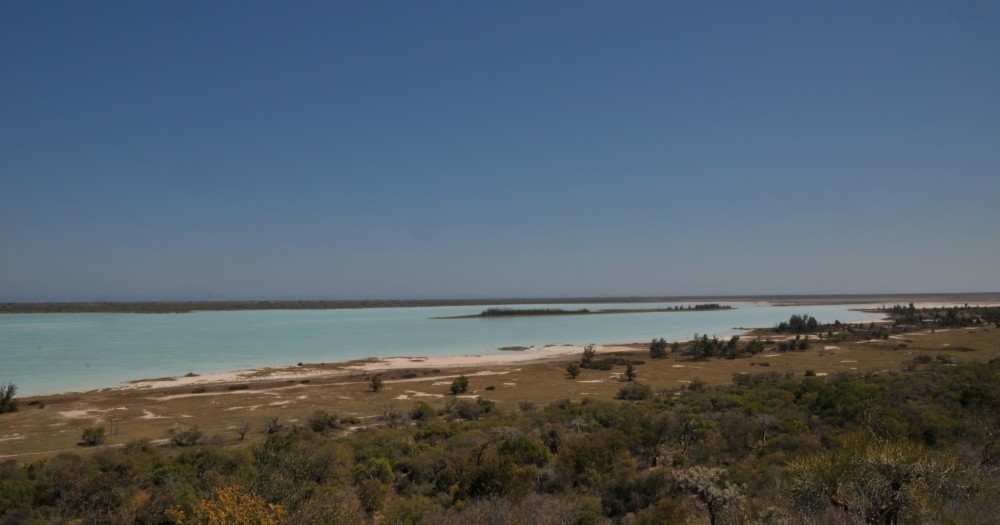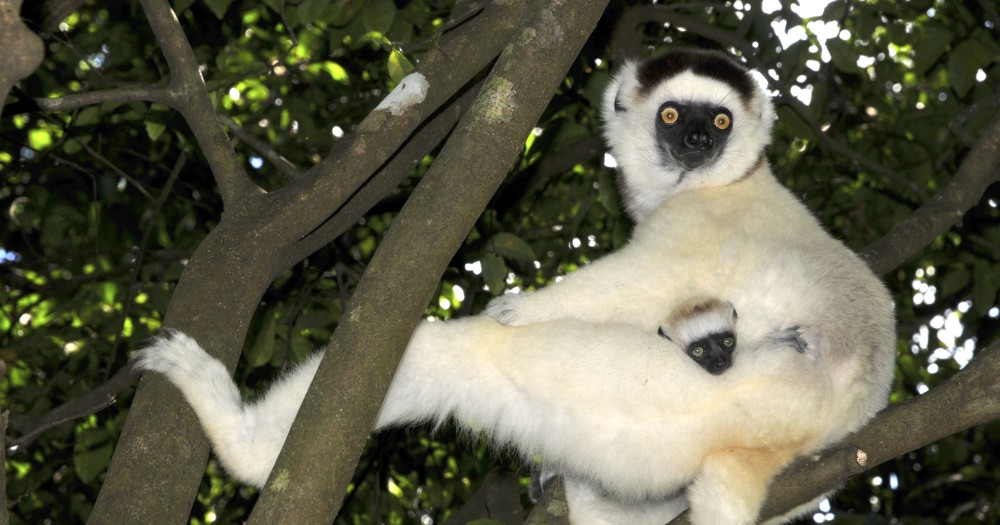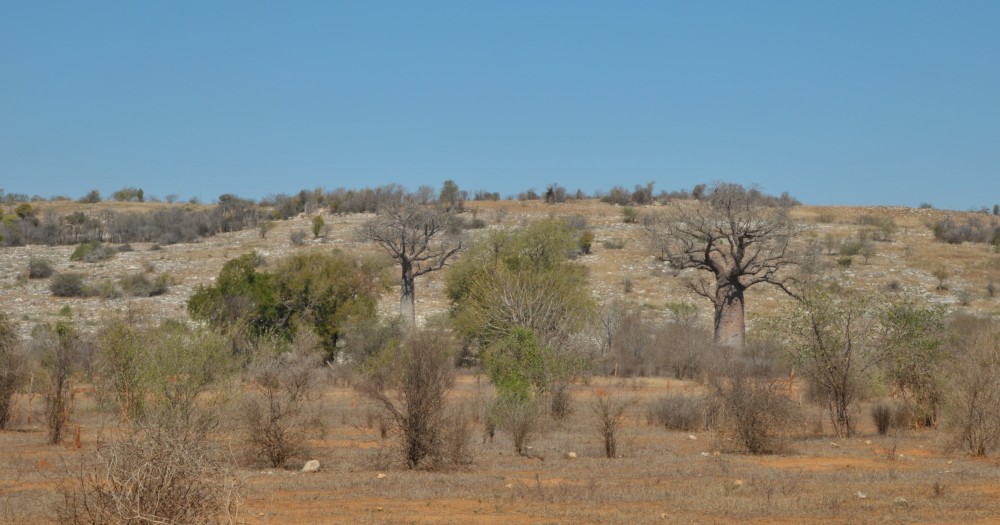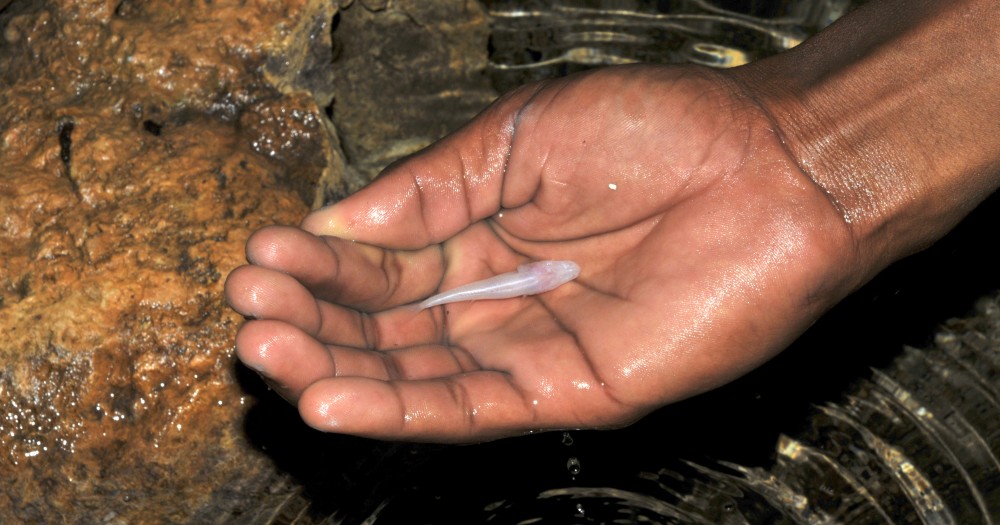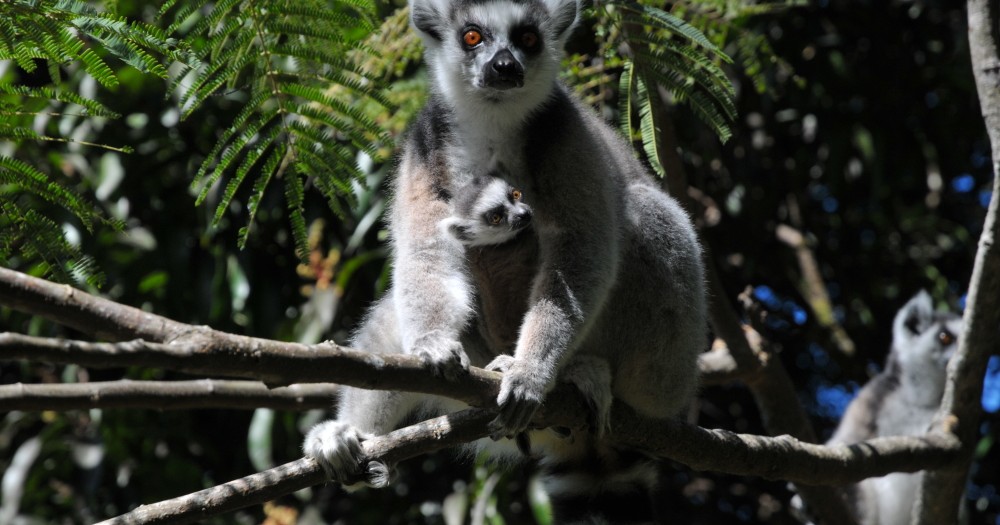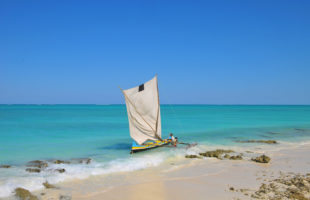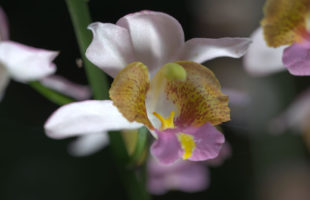Tsimanampetsotsa:
The park is named after its salt lake of the same name, which lies in the middle of the park area. The name means “lake in which no dolphins live”.
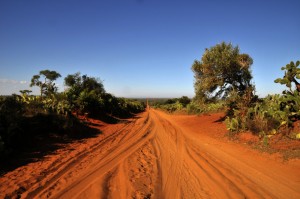
Location:
The Tsimanampetsotsa National Park is located in southwestern Madagascar in the Atsimo-Andrefana region. It is located about 950 km south of Antananarivo, the nearest cities are Anakao and Toliara (Tuléar, 90 km north of the park). The RN10 in the direction of Faux Cap leads directly past the National Park. There are only flights to the south to Toliara, the rest of the route has to be covered by car and driver or Taxibrousse. The Taxibrousses are less recommended as a travel opportunity since the roads in the south rather resemble dusty tracks and safety in the crammed small buses is not guaranteed.
Information about the national park:
Despite the seemingly inhospitable landscape, many animal and plant species live on about 432 km². The park was declared a nature reserve as early as 1927 and has been a national park since 1966. Since 2023, the park has been an UNESCO World Nature Heritage. A huge, impressive salt lake lies in the middle of the national park and serves as a water reservoir and wet retreat for many bird species. Four different hiking routes offer easily accessible tours with different focuses.
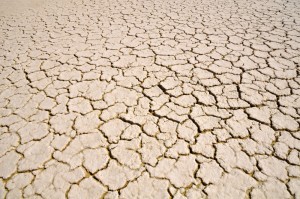
Climate:
Tsimanampetsotsa consists mainly of dry spiny forests, some wetlands, and the large salt lake. The climate is hot and dry all year round, even the rainy season lasts only a few days. Madagascar’s driest region is an average of 300 mm of rain per year. Temperatures above 40°C are the rule, at night it cools down to a maximum of 20°C. Hikes in this national park quickly become very strenuous; sufficient breaks, sufficient water supply, and sun protection should definitely be planned.
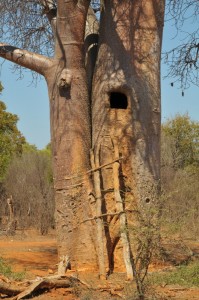
Infrastructure:
The tourist infrastructure is unfortunately almost non-existent in the area due to the moderate accessibility of the park and various gangs of thieves. In Toliara, 90 km away, there are some good accommodations, directly in the park, there are only two rustic campgrounds. In the area live the Mahafaly, who are mainly known as good warriors, as well as the Antandroy. The third people living in the region are the semi-nomadic Vezo, who live mainly from fishing on the coast.
Fauna and Flora:
Over 90% of the fauna and flora of this national park is endemic, so it does not occur anywhere else in the world. If you want to experience absolutely unique flora and fauna, you will find all the conditions here. In Tsimanampetsotsa National Park live four lemur species, over 110 different bird species, almost 40 different reptiles and despite the drought even a few amphibians. The famous ring-tailed lemurs are day-active lemurs as well as the Verreaux’ Sifaka, both popular photo motifs. If you take a closer look and are a little lucky, you may also discover the grey-brown mouse lemur or even the extremely rare Broad Striped Malagasy Mongoose. In Tsimanampetsotsa, reptile enthusiasts can visit the last habitats of the radiated tortoise (Astrochelys radiata). These animals are considered fady by the locals, i.e. sacred, but the rare tortoises are now on the menu of non-Madagascan populations,.
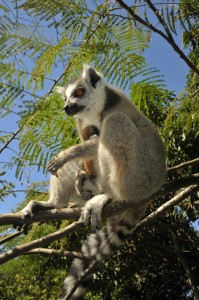
Especially bird lovers will get their money’s worth here in the south. The only flamingos living in Madagascar live at the salt lake of the park, five out of eight native Couas and many other colorful species can be observed here. Fish cannot survive in the salt lake; instead, blind white fish have established themselves in small lakes in some of the park’s underground caves. Plant lovers, especially of the water-storing species, will certainly not be disappointed either: almost 200 different species grow within the park, including the legendary “Mother of the Forest”, a giant Baobab.
 MADAMAGAZINE Your Magazine about Madagascar
MADAMAGAZINE Your Magazine about Madagascar
